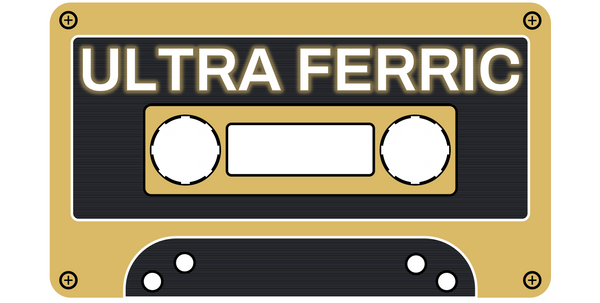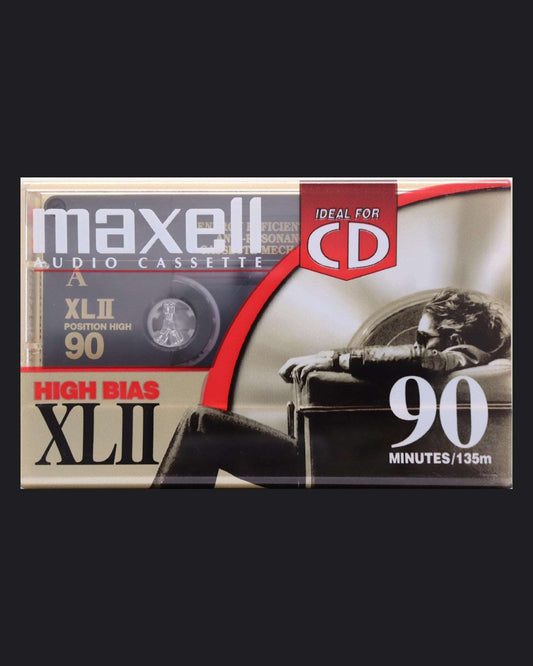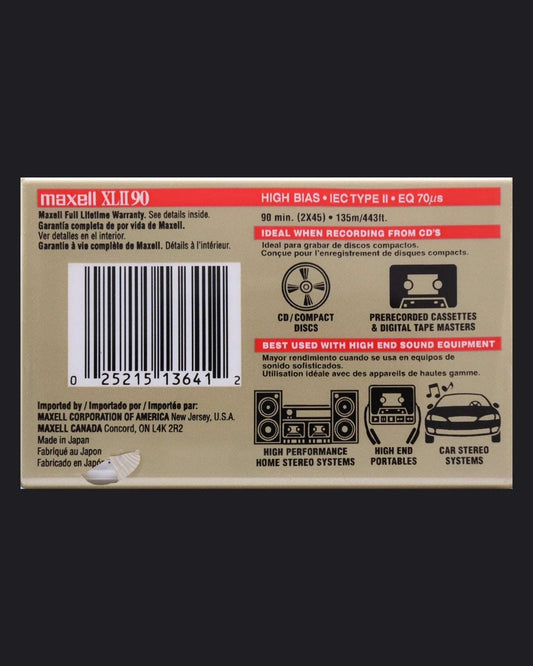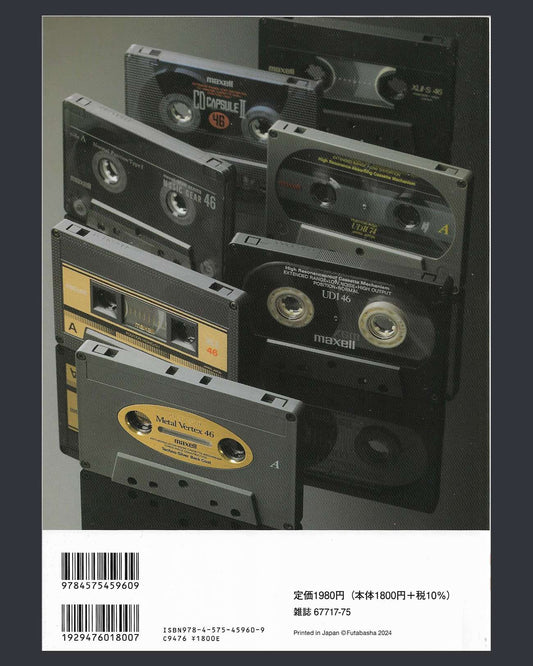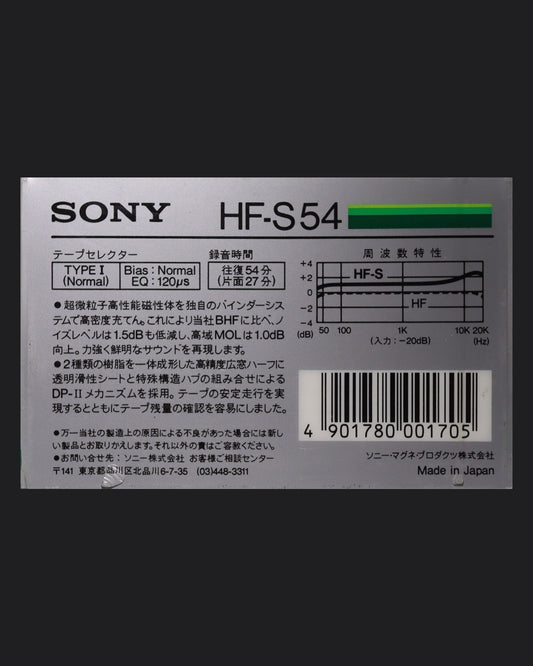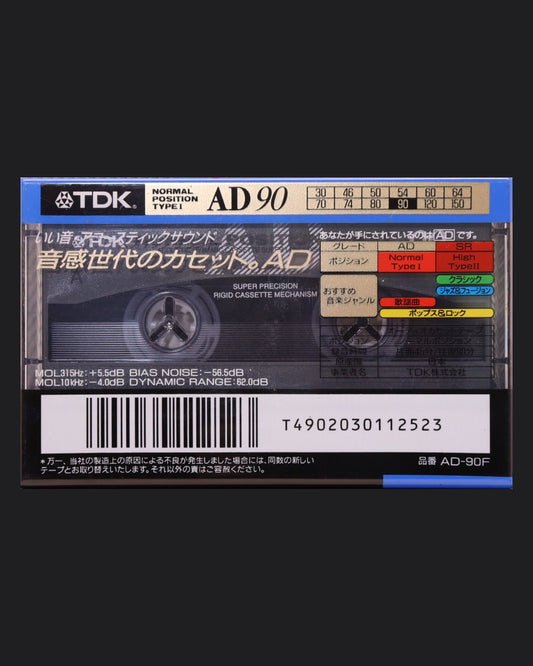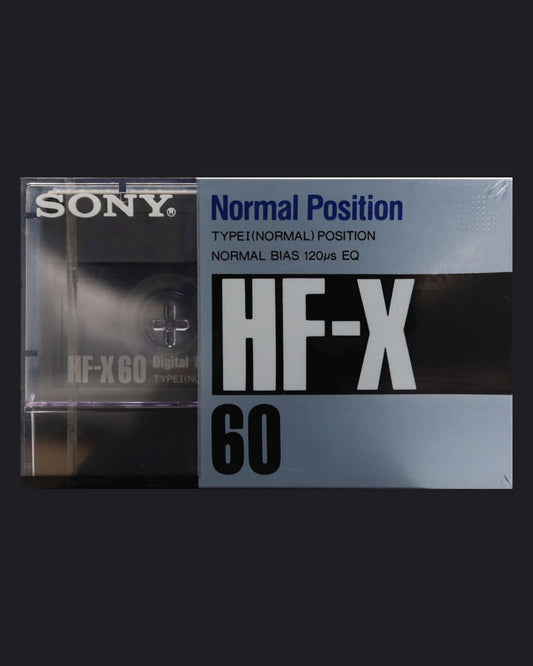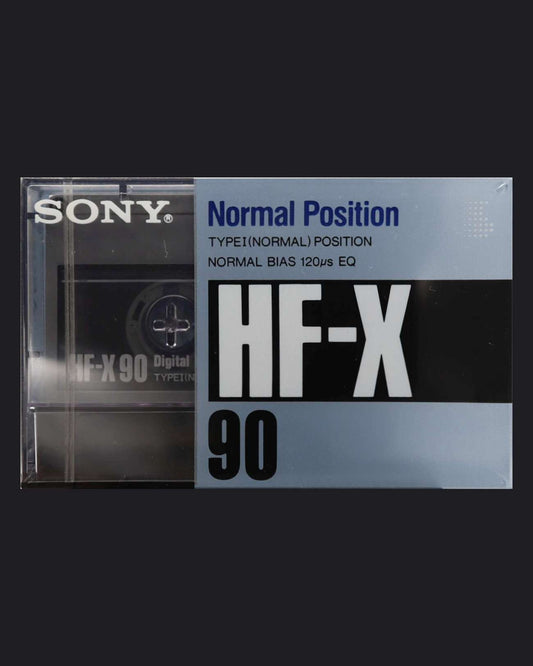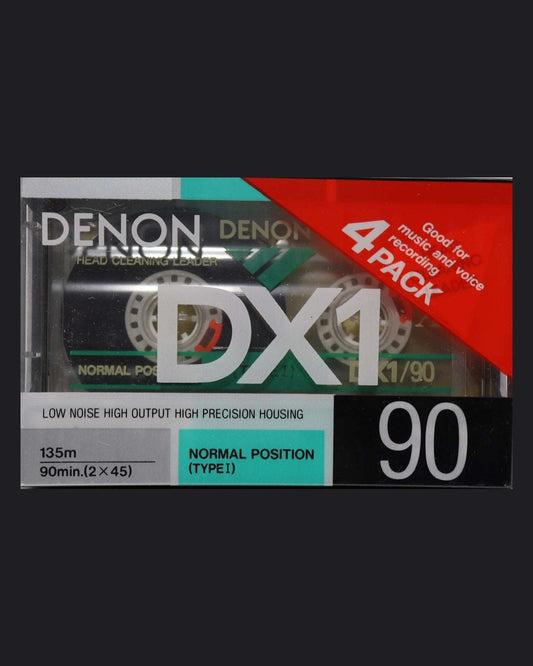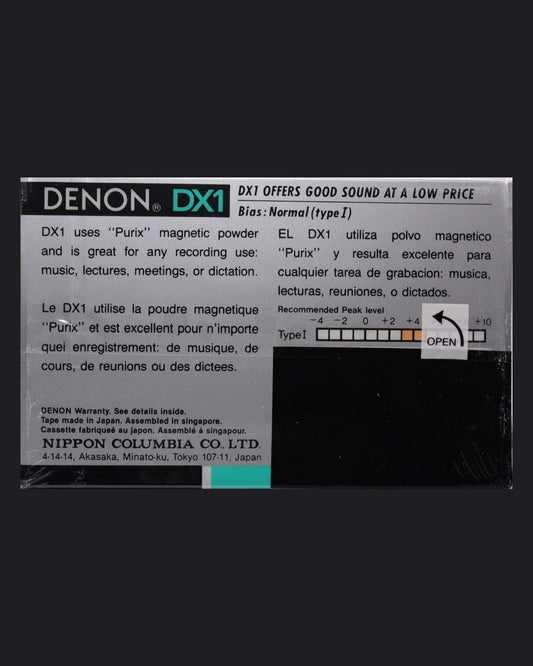Collection: Type IV (Metal)
Pure metal particles have an inherent advantage over oxide particles due to 3–4 times higher remanence, very high coercivity and far smaller particle size, resulting in both higher MOL and SOL values.
First attempts to make metal particle (MP) tape, rather than metal oxide particle tape, date back to 1946; viable iron-cobalt-nickel formulations appeared in 1962. In the early 1970s, Philips began development of MP formulations for the Compact Cassette. Contemporary powder metallurgy could not yet produce fine, submicron size particles, and properly passivate these highly pyrophoric powders. Although the latter problems were soon solved, the chemists did not convince the market in terms of the long-term stability of MP tapes; suspicions of inevitable early degradation persisted until the end of the cassette era.
The fears did not materialize, and most metal particle tapes survived decades of storage just as well as Type I tapes; however, signals recorded on metal particle tapes do degrade at about the same rate as in chromium tapes, around 2 dB over the estimated lifetime of the cassette.
Metal particle Compact Cassettes, or simply 'metal' tapes, were introduced in 1979 and were soon standardized by the IEC as Type IV. They share the same 70 μs replay time constant as Type II tapes, and can be correctly reproduced by any deck equipped with Type II equalization. Recording onto a metal tape requires special high-flux magnetic heads and high-current amplifiers to drive them.
Typical metal tape is characterized by remanence of 3000–3500 G and coercivity of 1100 Oe, thus its bias flux is set at 250% of Type I level. Traditional glass ferrite heads would saturate their magnetic cores before reaching these levels. "Metal capable" decks had to be equipped with new heads built around sendust or permalloy cores, or the new generation of glass ferrite heads with specially treated gap materials.
Metal particle tapes, particularly top-of-the-line double coated tapes, have record high midrange MOL and treble SOL, and the widest dynamic range coupled with the lowest distortion. They were always expensive, almost exclusive, out of reach of most consumers. They excel at reproducing fine nuances of uncompressed acoustic music, or music with very high treble content, like brass and percussion. However, they need a high quality, properly aligned deck to reveal their potential.
First-generation metal particle tapes were consistently similar in their biasing requirements, but by 1983 newer formulations drifted away from each other and the reference tape.
https://en.wikipedia.org/wiki/Compact_Cassette_tape_types_and_formulations
-
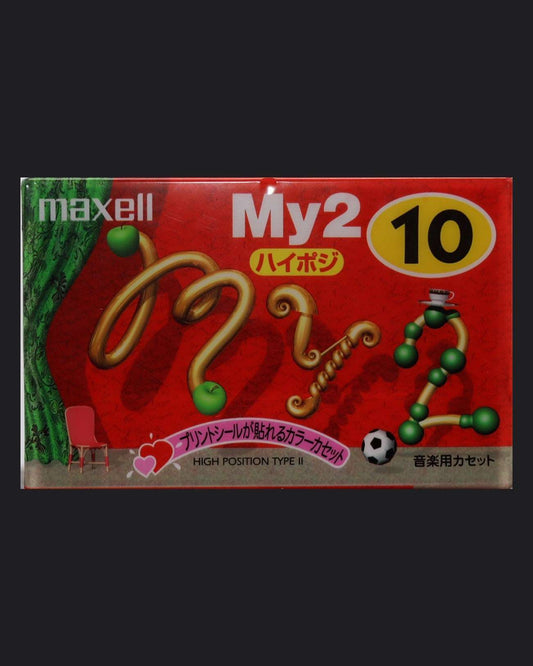 On Sale!
On Sale! -
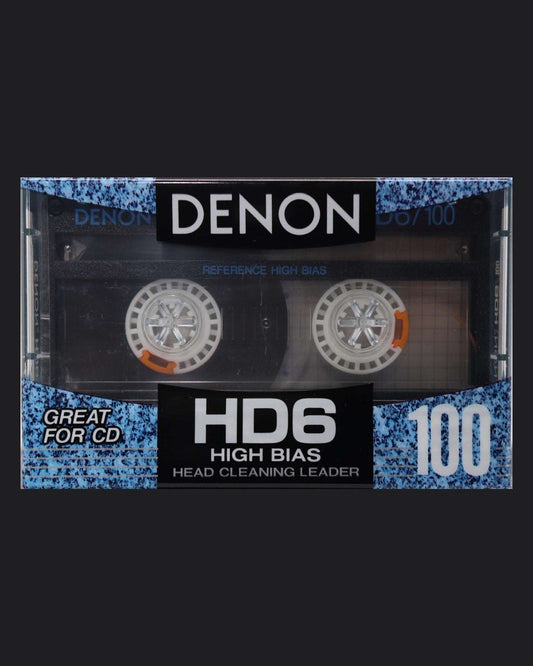
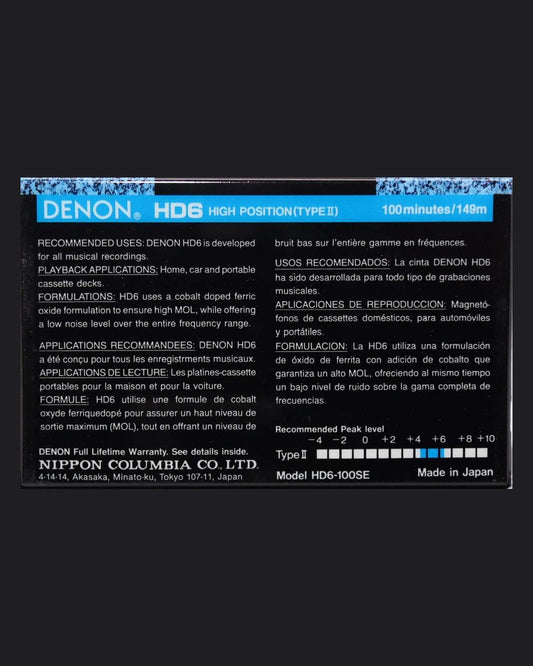 On Sale!
On Sale!Denon HD6 (1992-1993 US)
Regular price From $14.04 USDRegular price$16.33 USDSale price From $14.04 USDOn Sale! -
Maxell XLII (2002-2005 US)
Regular price From $11.59 USDRegular price$9.81 USDSale price From $11.59 USD -
Maxell Cassette Tape Maniacs 1966-2024 Book
Regular price $61.40 USDRegular price -
Sony HF-S (1985 JP)
Regular price From $10.49 USDRegular price -
TDK AD (1994-1997 JP)
Regular price From $16.63 USDRegular price -

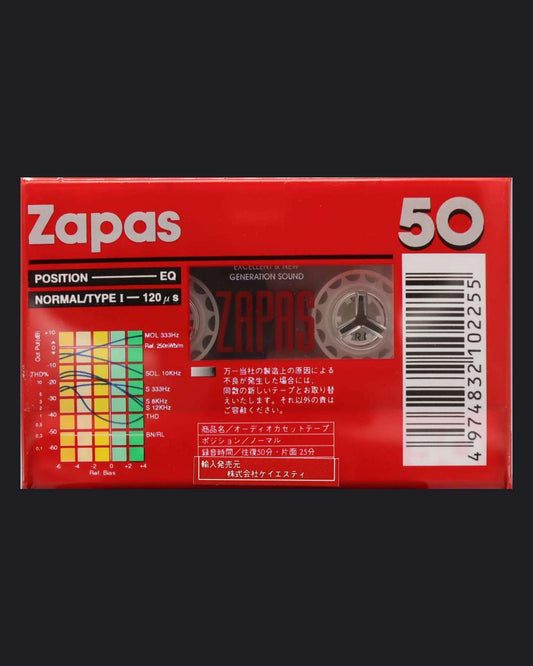 On Sale!
On Sale! -

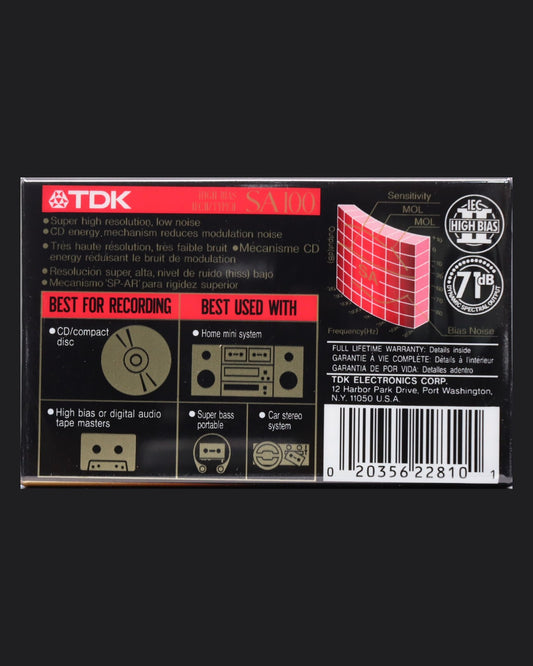 On Sale!
On Sale!TDK SA (1992-1995 US)
Regular price From $13.74 USDRegular price$15.22 USDSale price From $13.74 USDOn Sale! -
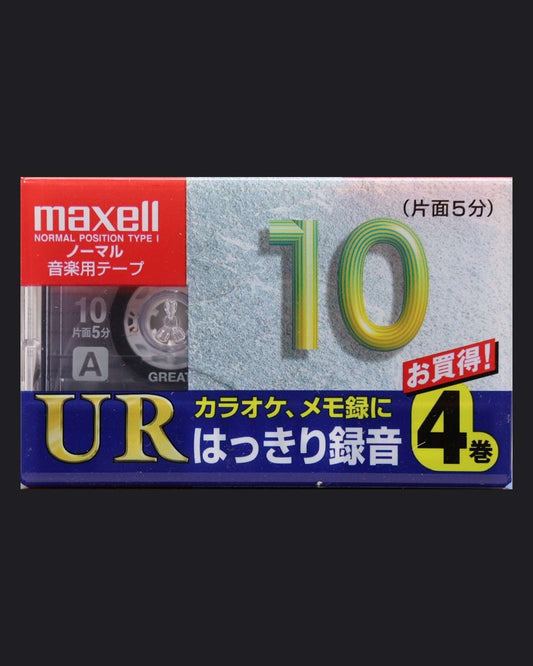
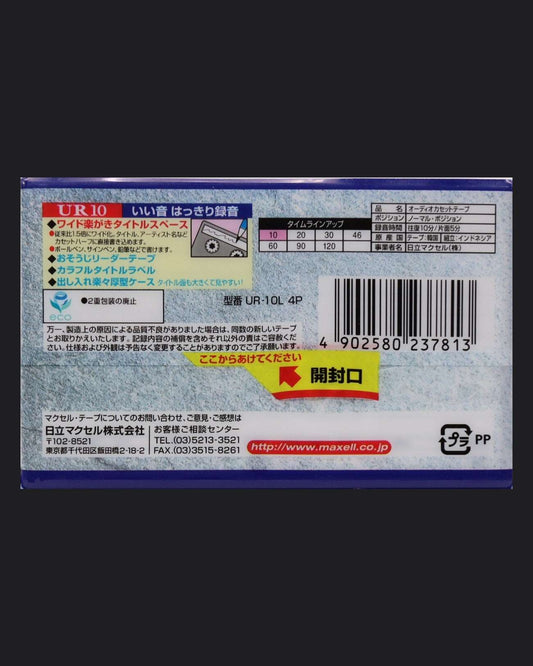 On Sale!
On Sale!Maxell UR (1994-1995 JP)
Regular price From $4.90 USDRegular price$6.82 USDSale price From $4.90 USDOn Sale! -
Sony HF-X (1989 JP)
Regular price From $9.49 USDRegular price -
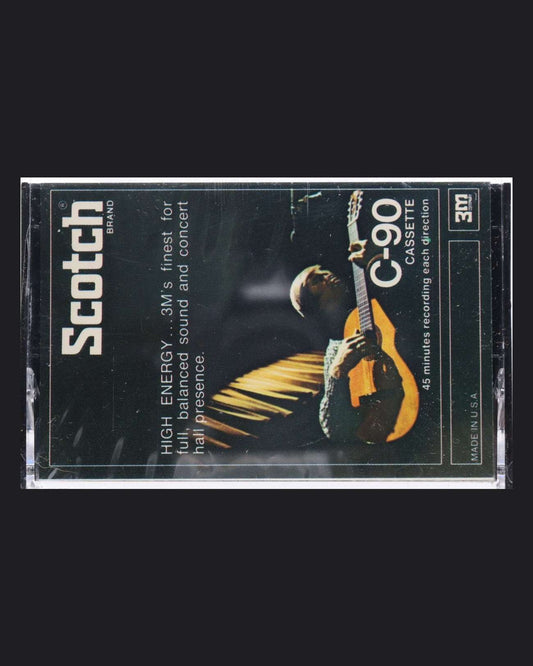
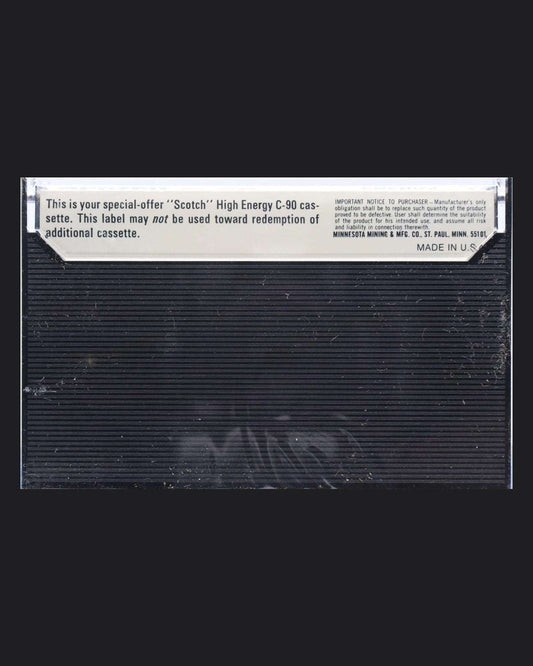 On Sale!
On Sale!Scotch High Energy (1973-1974 US)
Regular price $5.00 USDRegular price$11.62 USDSale price $5.00 USDOn Sale! -

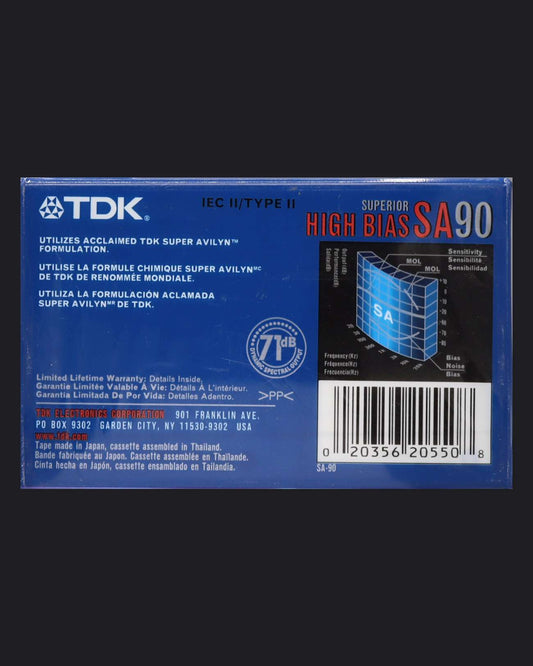 On Sale!
On Sale!TDK Superior SA (2003-2005 US)
Regular price $16.82 USDRegular price$17.49 USDSale price $16.82 USDOn Sale! -
Denon DX1 (1988-1990 US)
Regular price From $11.31 USDRegular price$0.00 USDSale price From $11.31 USD -
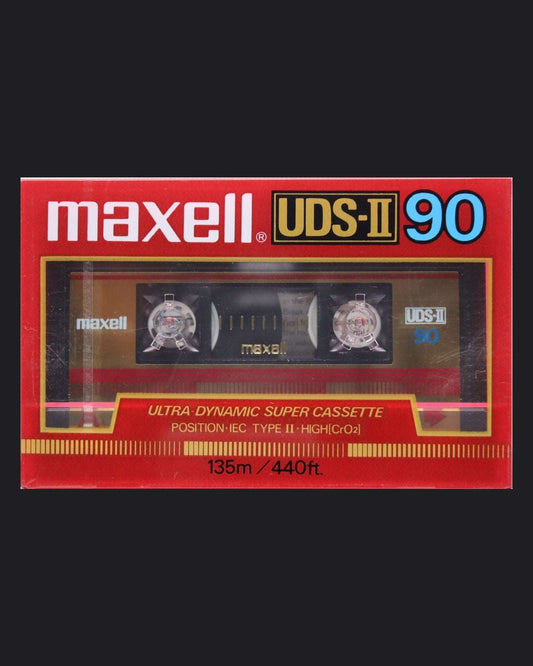
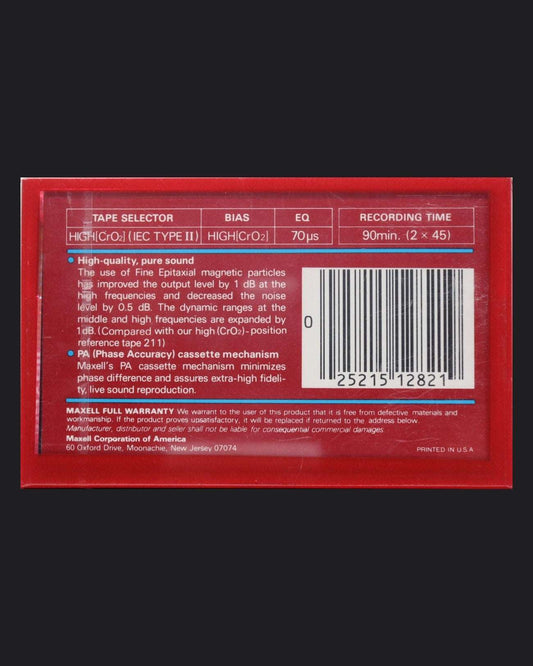 On Sale!
On Sale!Maxell UDS-II (1986-1987 US)
Regular price From $16.25 USDRegular price$16.55 USDSale price From $16.25 USDOn Sale! -

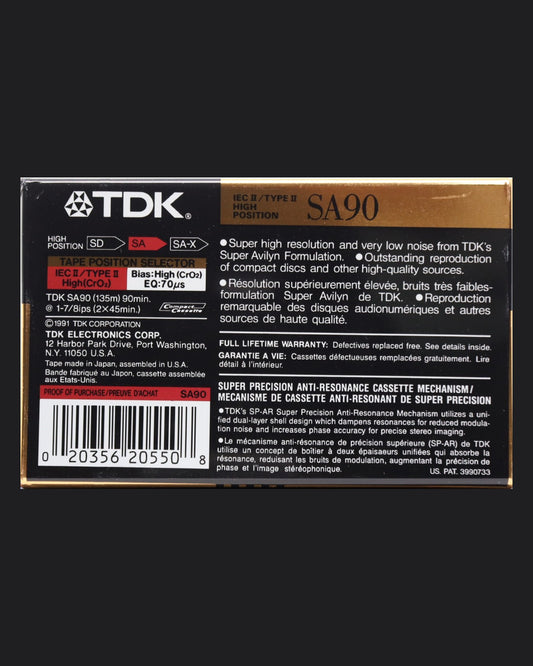 On Sale!
On Sale!TDK SA (1990-1991 US)
Regular price From $12.49 USDRegular price$14.04 USDSale price From $12.49 USDOn Sale! -

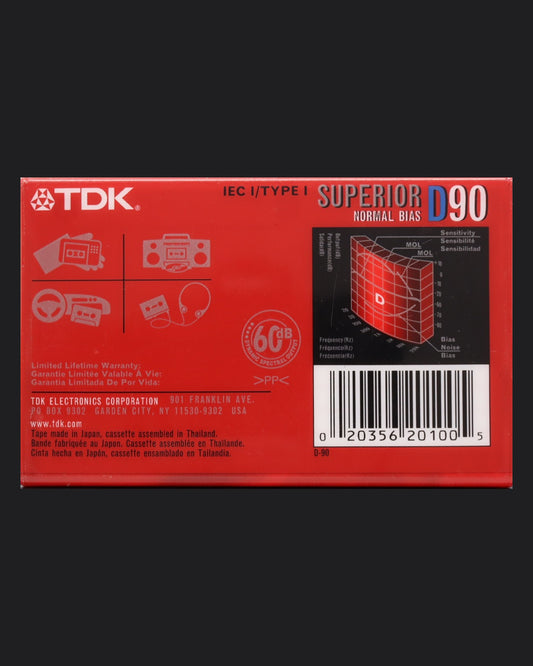 On Sale!
On Sale!TDK Superior D (2003-2005 US)
Regular price From $5.00 USDRegular price$6.87 USDSale price From $5.00 USDOn Sale!
